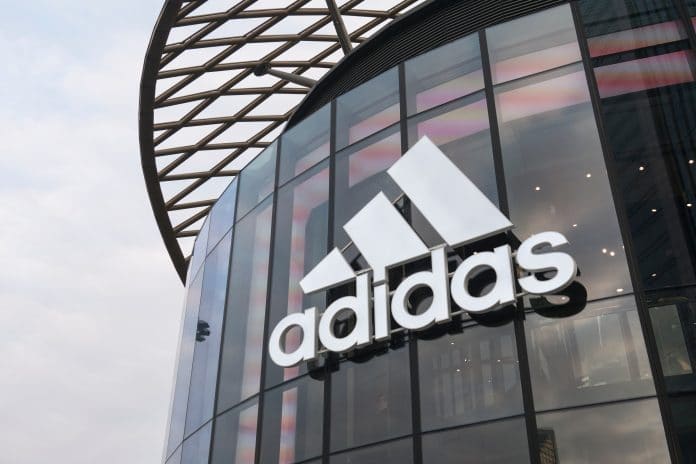Retailing looks a whole lot different to how it did 10 years ago, and in a decade‘s time it‘ll look totally different too. While the ubiquity of the Internet and the growth in mobile commerce has transformed the retail environment, it is the Internet of Things (IoT) that promises to bring about a new frontier for retailers in the years ahead. The IoT has the potential to make the shopping experience more engrossing for consumers, ultimately helping retailers sell more product.
Retailers like Burberry are exploring how they can tap into the IoT to offer customers a new generation of products and services that bring the online and offline worlds together through an ever growing ecosystem of sensors and actuators. In Burberry‘s case, the retailer is using sensor-enabled RFID chips to trigger multimedia content in dressing rooms when shoppers try on clothes and other accessories in. So while a shopper is trying on the latest trench coat, they‘ll be presented with the perfect accompanying accessory.
While innovations such as this may seem novel, it‘s clear that the IoT has the potential to completely revolutionise how retailers do business. However, taking ideas and making them real is not without its challenges. Retailers must navigate an ever-expanding ecosystem of partners and implementation options. Fortunately, retailers can safeguard against potential pitfalls by following a few steps.
Define your goals
Retailers can unlock massive opportunities to increase revenue, optimise operations and delight customers by embracing the IoT. In order to feel the full potential, it‘s important to define the business case for the product or service that you plan to build. To be successful, retailers must think carefully about the benefits that connecting an object to the Internet will deliver before moving on to consider how the customer and business experience can be enhanced. It‘s important not to get carried away and start using technology for technology‘s sake, implementing something new and glitzy that looks great in-store but doesn‘t actually help shift stock.
Create the infrastructure
After the prototyping stage, the next step is to consider the infrastructure needed to get connected. For instance, if you are planning to operate on a large scale you may need to invest in IT infrastructure that can handle all the data coming in from connected devices. Security, of course, is a top concern of any business, and when working with connected devices, this is no exception. You will need a security solution to protect your device‘s communications channels, as well as all the new customer data coming in that needs to be kept private.
Focus on applications
When using connected devices, it‘s only natural to want to view information and make decisions based on what we see. Retailers must therefore create applications for connected devices that will empower both end users, as well as internal operations. As well as delivering a better shopping experience to the consumer, this can help retailers glean new insights into the company‘s customer base and operational health of the company, while bolstering revenues. For instance, an in-store app could help shoppers to find products easily by sensing the location and quantity in stock.
Connect business systems
The IoT can transform retailers‘ businesses by making it possible to connect existing systems and technologies with real-time data, either from products used by customers or information streaming from within stores. By deeply integrating connected products, services, and processes into business applications, retailers can gain greater visibility into the organisation – and uncover opportunities to generate new revenue streams. For instance, an internet-connected coffee machine could alert the retailer when more beans are ne
RELATED STORIES

















